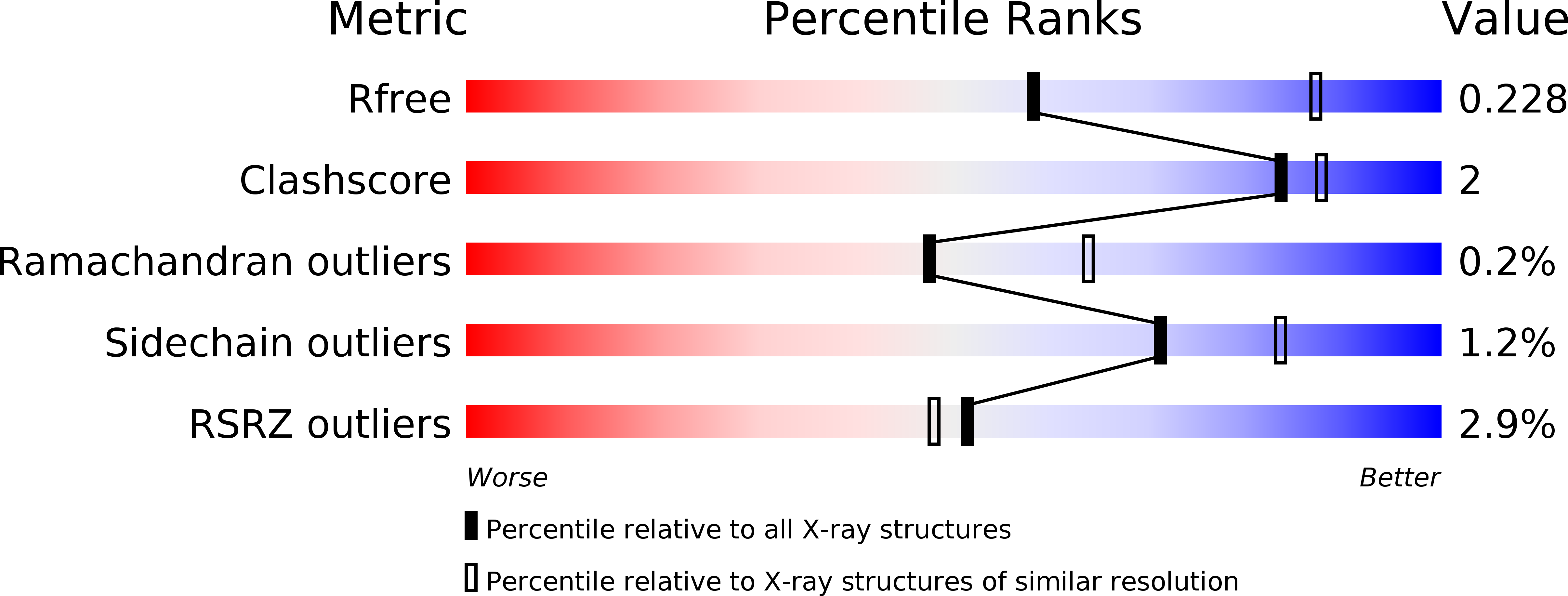
Deposition Date
2016-08-05
Release Date
2017-08-09
Last Version Date
2024-11-06
Entry Detail
PDB ID:
5SVB
Keywords:
Title:
Mechanism of ATP-Dependent Acetone Carboxylation, Acetone Carboxylase AMP bound structure
Biological Source:
Source Organism:
Host Organism:
Method Details:
Experimental Method:
Resolution:
2.65 Å
R-Value Free:
0.22
R-Value Work:
0.19
R-Value Observed:
0.19
Space Group:
P 21 21 21


